- Category
- War in Ukraine
Ardal, Ukraine’s Newest Ground Robot, Pulls Off a Daring Rescue of Soldiers Trapped Behind Russian Lines
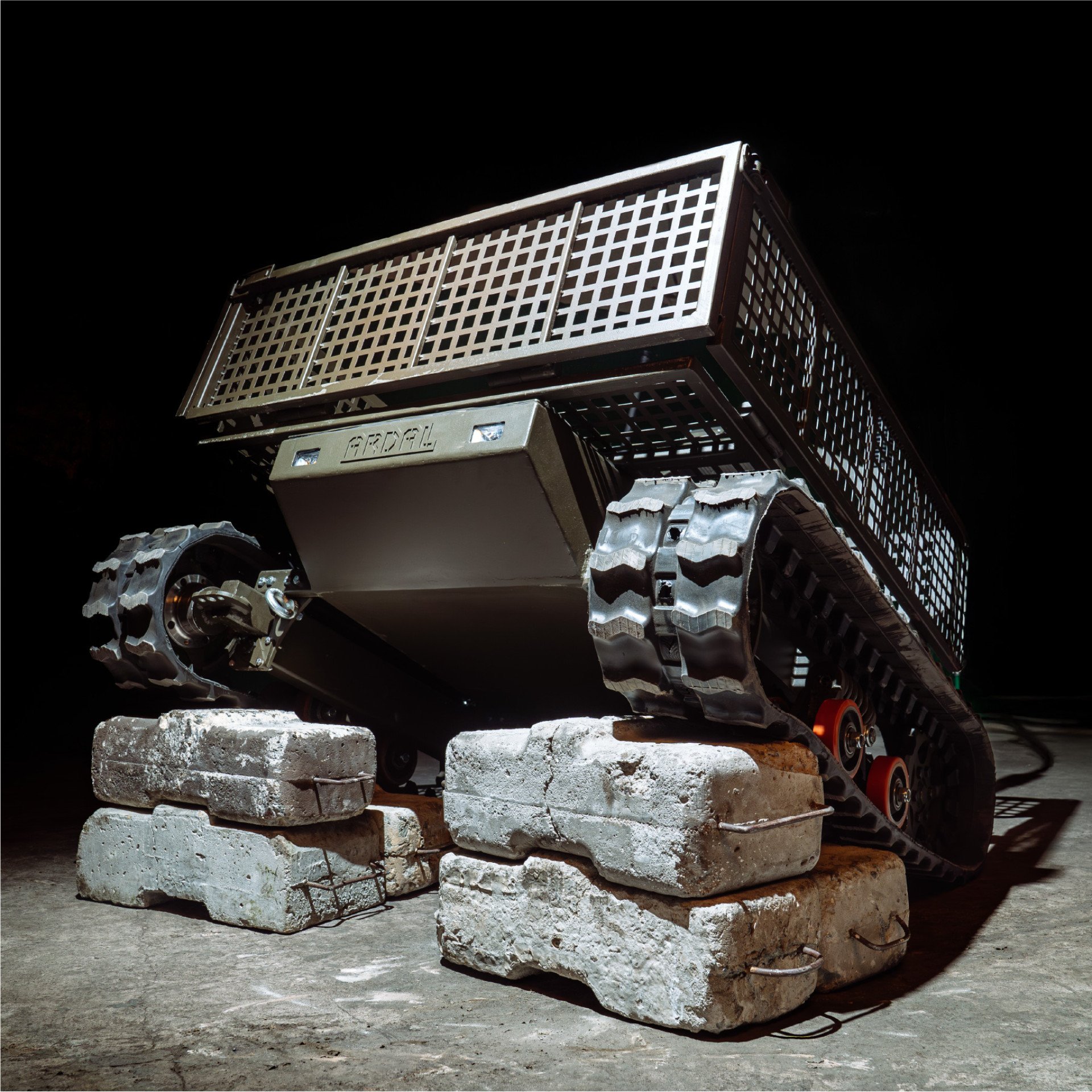
Robots are now a vital part of Ukraine’s military strategy, often stepping in where human lives would be at extreme risk. So when three Ukrainian soldiers were cornered behind Russian lines, it was a ground robot that carried out their rescue.
The operation took place in the Kupiansk direction—one of the most intense and challenging fronts in the past six months. The Russian military has been pressing to retake the city, liberated by Ukrainian forces in September 2022, hoping to pave the way for an advance toward Kharkiv. Despite facing a Russian force of tens of thousands strong, Ukraine’s Armed Forces have managed to hold the line.
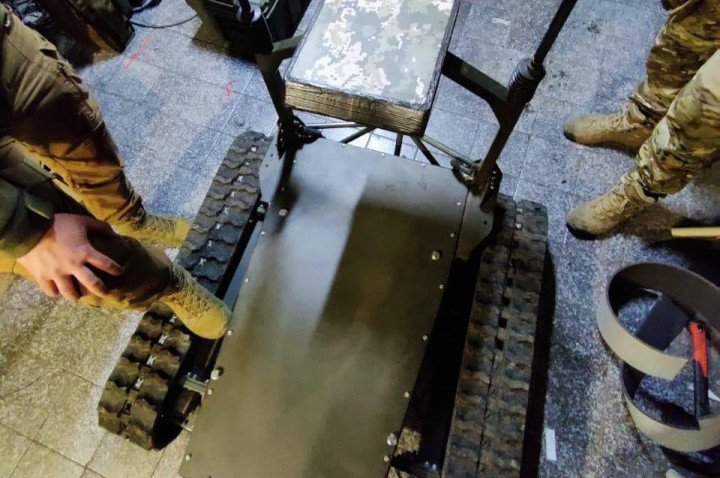
As both sides increasingly rely on drones, the so-called “gray zone”—territory under neither side’s control but under constant fire—continues to expand. This complicates logistics and troop rotations: Positions still require steady supplies of food and ammunition, but drones make transportation perilous. Supply vehicles can be quickly spotted and destroyed, and carrying supplies on foot is grueling and dangerous. Yet this is the reality on the ground.
One result of this drone-saturated battlefield is the growing difficulty—or outright impossibility—of rotating units. During moments of intense Russian pressure, frontline positions can become encircled. That’s what happened to three Ukrainian soldiers who were cut off in just such an environment. They remained trapped from late February 2025.
To rescue them, the military decided to deploy a robotic platform. Small and harder to detect, the robot could carry the soldiers to safety. The model chosen was the Ardal, developed by the Ukrainian company BUREVII. It can travel up to 30 kilometers and carry a load of up to 200 kilograms.
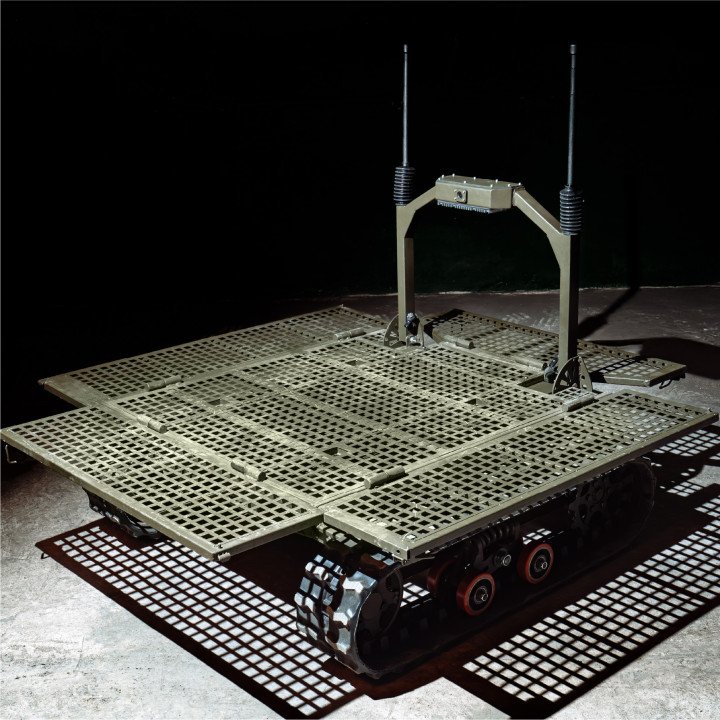
But the robot alone wasn’t enough. The mission evolved into a complex rescue operation involving a large number of personnel and equipment.
How the operation was carried out
The mission was coordinated by the command of the 92nd Assault Brigade and the 154th Mechanized Brigade, with a total of 50 soldiers involved. The operation was made even more difficult by the presence of Russian electronic warfare (EW) systems, artillery fire, and constant drone surveillance.
To safely transport the Ardal robot to the stranded soldiers, Ukrainian forces used every available means to divert Russian attention from the mission. Aerial reconnaissance and a swarm of bomber drones and other UAVs were deployed to draw Russian troops’ focus elsewhere. EW and signals intelligence (SIGINT) tools were also used to assist the effort.
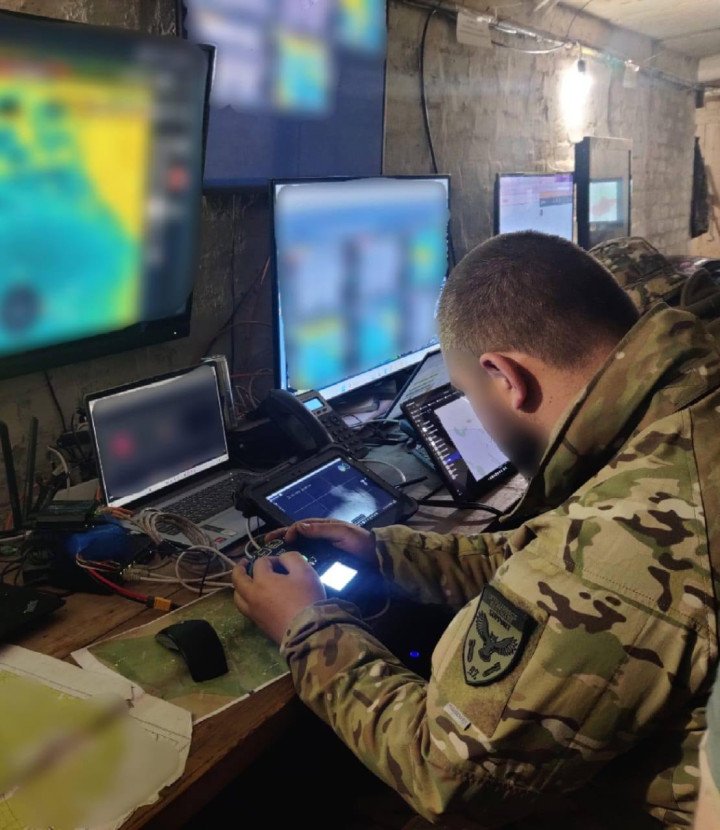
During the multi-day operation, the Ardal robot traveled 17 kilometers into the “gray zone” and successfully evacuated all three trapped soldiers. Despite electronic interference and shelling, the robot completed its mission, delivering the troops to safety. They were later transferred to a military hospital for treatment.
Thanks to precise planning, the ground robot remained undamaged and was also successfully recovered.
Robots in combat
This was one of the most complex robotic operations carried out to date—but not the only one. Earlier, Ukraine conducted a combat mission entirely using robots and drones, without human soldiers on the battlefield.
Ukraine is increasingly integrating robotic systems into its armed forces, aiming to reduce soldiers' direct exposure. Robots are used to deliver supplies in high-risk zones, carry out evacuations, and even engage in combat with mounted weapon systems. Some models also specialize in demining operations.
To scale these efforts, Ukraine has been investing in robotics development through the Brave1 defense tech cluster, which supports innovation and procurement.
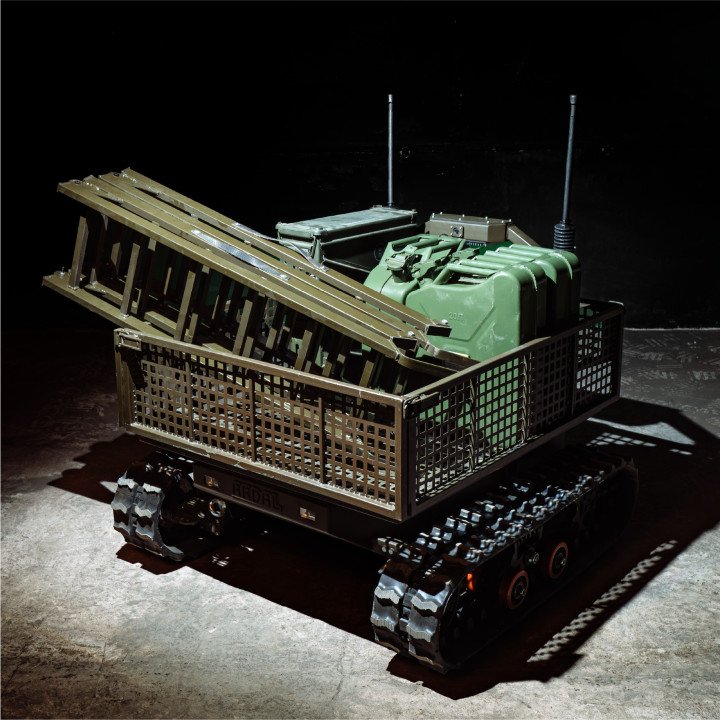
Ukraine’s broader goal is to maximize the battlefield use of unmanned systems. This year alone, Ukrainian capabilities include over 4.5 million drones of various types, 15,000 ground robots, and a significant fleet of unmanned maritime drones. The aim is clear: to save lives by letting robots do the fighting.
-29a1a43aba23f9bb779a1ac8b98d2121.jpeg)
-6359eca46c72bde40a90abaaadd6eaa8.png)
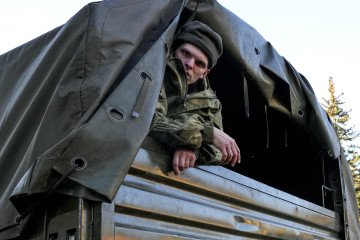
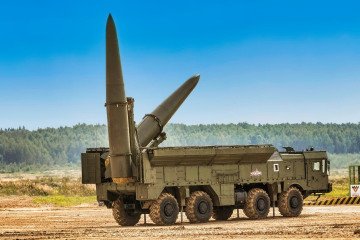
-206008aed5f329e86c52788e3e423f23.jpg)
